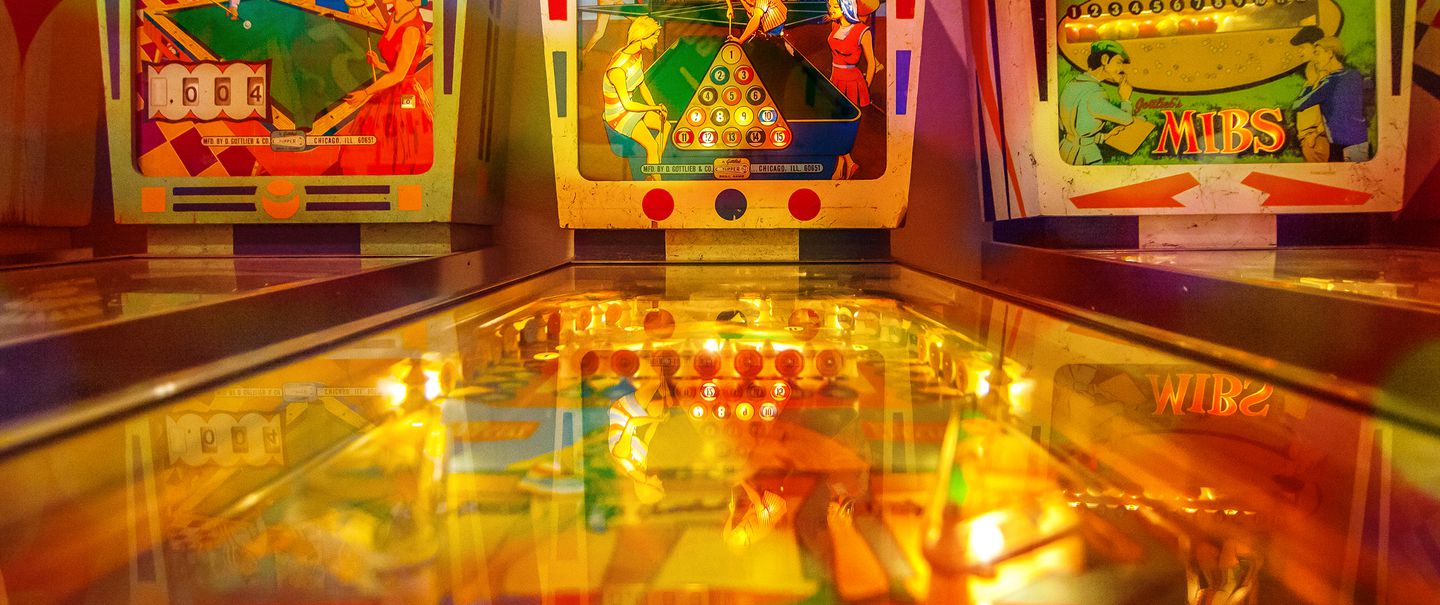Hardware
A Pinball table shall be created to resemble the retro-games. The functionality should be similar to the original tables with a angled surface. Besides playing the normal way as it is expected from such devices with buttons to activate the flippers, it should be able to ‘play itself’, using a detection system to locate the ball, electronic actors to actually play the ball as well as start the game with the starting mechanism.

Base Requirements for this were set as following
- electromechanical controlled flippers
- electromechanical controlled starting mechanism
- detection system of the ball near to the flippers
- play field that houses all components and features a play area as well as ball guidance to and from the starter mechanism
Feature requirements
- implementation of various objects within the play area, such as targets, bumpers, kickers, etc. to score points
- playing the game itself based on the ball recognition in the area of the flippers
- Interface with score, high score, etc.
- look and feel of the game mechanics should be as close as possible to original
Optional requirements
- the machine plays itself and is able to predict the ball movement at all time
- implementation a gambling system, where the ‘player’ can predict how long the system will be able to play
- nice look
- fancy LEDs
Marcus.
For this week I started making a simulation of the pinball machine, using the game engine Unity. I set up a basic modular board, that can be expanded in the future. I then wrote some code to control the flippers, and the ball itself. After week 1 the simulation is playable but lacks some important things. Like the pull spring, and a way to detect when the ball is out of bounds.
For now, the board is blue, the flippers black, the edges white and the ball is silver.
